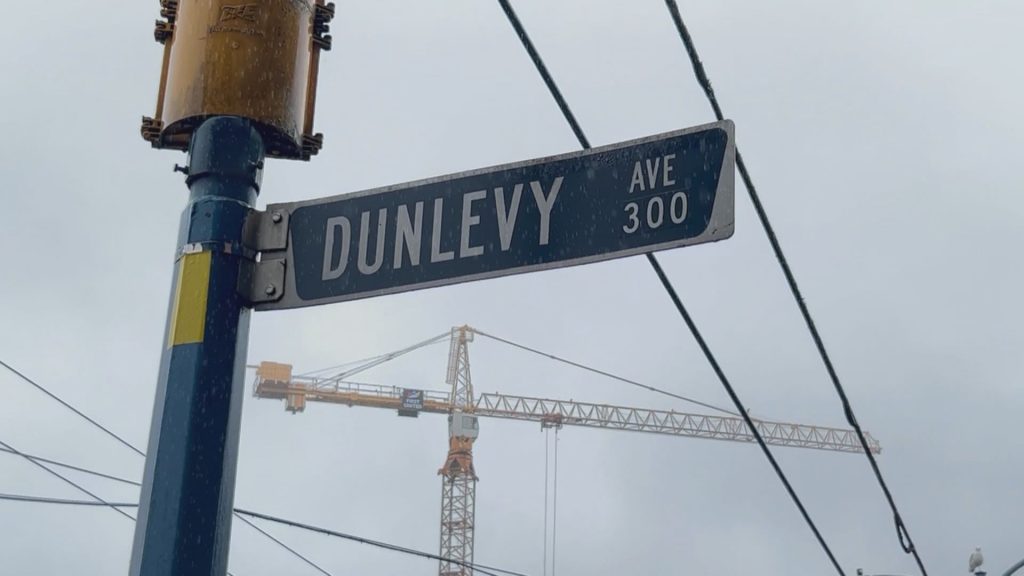2011 Stanley Cup Riot: What lessons can be learned, a decade later?

Posted June 15, 2021 9:59 pm.
Last Updated June 15, 2021 10:03 pm.
VANCOUVER (NEWS 1130) – Ten years ago, Downtown Vancouver was the scene of chaos, fire, and destruction. On June 15, 2011, after the Canucks lost the Stanley Cup Final to the Boston Bruins, a riot broke out. Tens of thousands of people flooded the streets in mayhem.
There was a slew of photos and video of the riot, which led to some people doxxing those believed to have been involved. Doxxing is the act of searching for personal or identifying information about a person, such as their address or phone number, and sharing it online with the intent of harassing that person or harming their reputation.
“This is one of the reasons why it costs $5 million to prosecute these individuals. It literally cost more money to prosecute people than the people did in the damages. I mean, that should make your eyes cross,” said Christopher Schneider, a sociology professor based in Manitoba who was teaching at UBC at the time of the riot.
Related articles:
-
2011 Stanley Cup Riot: Former VPD member describes ‘overwhelming experience’
-
It’s been 10 years since the 2011 Stanley Cup riot took over Vancouver’s streets
Schneider says a decade later, people can still be reckless when it comes to naming and shaming others online.
“Something I think needs to be better incorporated into social media literacy curriculums, even at the K-12 level, is an understanding of what due process means. When we see these so-called ‘guilty-looking’ materials online, it doesn’t mean this person is guilty. It’s very difficult to assess and we need to reserve our judgment, because Google doesn’t forget,” Schneider said.
While Schneider says it’s fair to call what happened “sad” or a “blemish on the city,” he hopes people take a moment to examine their own behaviour on social media.
“It’s mostly just, ‘Oh, you know, you’re so dumb,’ ‘rioters are so dumb,’ ‘I can’t believe this happened in Vancouver,’ and ‘how embarrassing.’ Yeah, okay, fine. But what have we learned? I don’t see a lot of people reflecting or asking that question, and I think there really needs to be some self-reflexivity, here.”
Meanwhile, Kathleen Jayme is part of a team that organized a pop-up installation in the plaza of the Vancouver Art Gallery to mark the riot anniversary. The exhibit featured a screen showing footage of rioters, as well as some plywood boards that were used to board up storefronts that were left damaged.
The day after the riot, hundreds of people went to the downtown core, but this time to help clean up. Many people wrote messages of support and apology on those boards.
The installation was organized in tandem with the Museum of Vancouver.
“It is somewhat a painful and embarrassing story,” Jayme said. “I think it got swept under the rug because of that, but I think that’s why it’s so important that we actually understand what happened, and that’s what [we] are trying to do. We’re trying to start the conversation going to figure out how did this happen? And why has this happened twice in Vancouver?”
The 2011 riot happened almost exactly 17 years after the 1994 Stanley Cup Riot, which broke out after the Vancouver Canucks lost to the New York Rangers.
Jayme is collecting anecdotes from people who were either involved in or found themselves caught in the middle of both riots. They can be submitted by email to vanhockeyriot@gmail.com.








